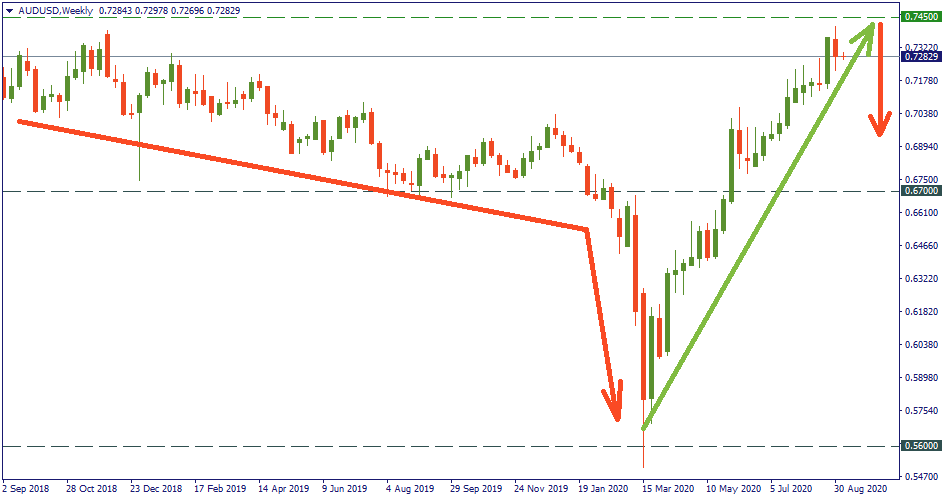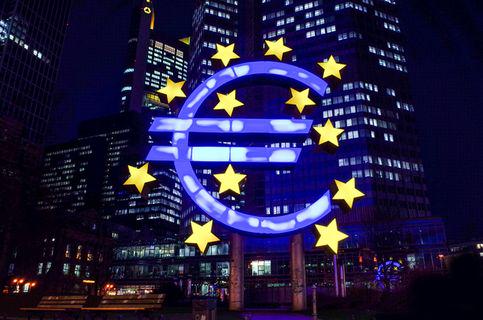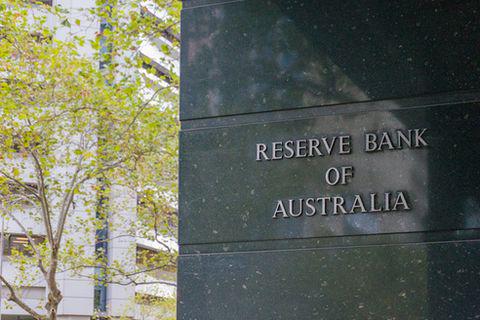
I know we've had quite an amazing run these past few month, with over 78% accuracy in our trade ideas and sentiments, and thousands of pips in profits monthly...

Don’t waste your time – keep track of how NFP affects the US dollar!
Data Collection Notice
We maintain a record of your data to run this website. By clicking the button, you agree to our Privacy Policy.

Beginner Forex Book
Your ultimate guide through the world of trading.
Check Your Inbox!
In our email, you will find the Forex 101 book. Just tap the button to get it!
Risk warning: ᏟᖴᎠs are complex instruments and come with a high risk of losing money rapidly due to leverage.
71.43% of retail investor accounts lose money when trading ᏟᖴᎠs with this provider.
You should consider whether you understand how ᏟᖴᎠs work and whether you can afford to take the high risk of losing your money.
Information is not investment advice
In February-March, the Reserve Bank of Australia effectively reduced the interest rate from 0.75% to 0.25%. The move was caused by unprecedented damage the Australian economy had to absorb because of the virus – the RBA’s intention was to provide enough stimulus to re-start the economy after such a downturn.

Consequently, AUD/USD fell from 0.6700 where it has been drifting at the beginning of the year, to 0.5600. Later on, however, the AUD started gaining strength and never failed to do that until now: currently, it trades at 0.7450. The last time it was there is two years ago.

Now, the trajectory seems quite clear and offers little alternative so far to suspect any change. Or does it really?
A recent survey shows that the RBA is likely to expand the quantitative ease program and/or cut the interest rate even more. The reason is the same: the unprecedented economic downturn expansion that forces the monetary authorities to use all available instruments to improve the situation. In general, the RBA is not very comfortable with the appreciation trajectory the AUD is on. For this reason, take 0.7450 as a likely red zone for bulls as it is very possible that this level will see AUD/USD reverse downwards after the RBA’s session next week.

I know we've had quite an amazing run these past few month, with over 78% accuracy in our trade ideas and sentiments, and thousands of pips in profits monthly...

Futures for Canada's main stock index rose on Monday, following positive global markets and gains in crude oil prices. First Citizens BancShares Inc's announcement of purchasing the loans and deposits of failed Silicon Valley Bank also boosted investor confidence in the global financial system...

Investor confidence in the global financial system has been shaken by the collapse of Silicon Valley Bank and Credit Suisse. As a result, many are turning to bearer assets, such as gold and bitcoin, to store value outside of the system without...

eurusd-is-falling-what-to-expect-from-the-future-price-movement

Greetings, fellow forex traders! Exciting news for those with an eye on the Australian market - the upcoming interest rate decision could be good news for Aussies looking to refinance or take out new loans. The Mortgage and Finance Association Australia CEO, Anja Pannek, has...

Hold onto your hats, folks! The Japanese yen took a nosedive after the Bank of Japan (BOJ) left its ultra-loose policy settings unchanged, including its closely watched yield curve control (YCC) policy. But wait, there's more! The BOJ also removed its forward guidance, which had previously pledged to keep interest rates at current or lower levels. So, what's the scoop? Market expectations had been subdued going into the meeting, but some were still hoping for tweaks to the forward guidance to prepare for an eventual exit from the bank's massive stimulus
Your request is accepted.
We will call you at the time interval that you chose
Next callback request for this phone number will be available in 00:30:00
If you have an urgent issue please contact us via
Live chat
Internal error. Please try again later